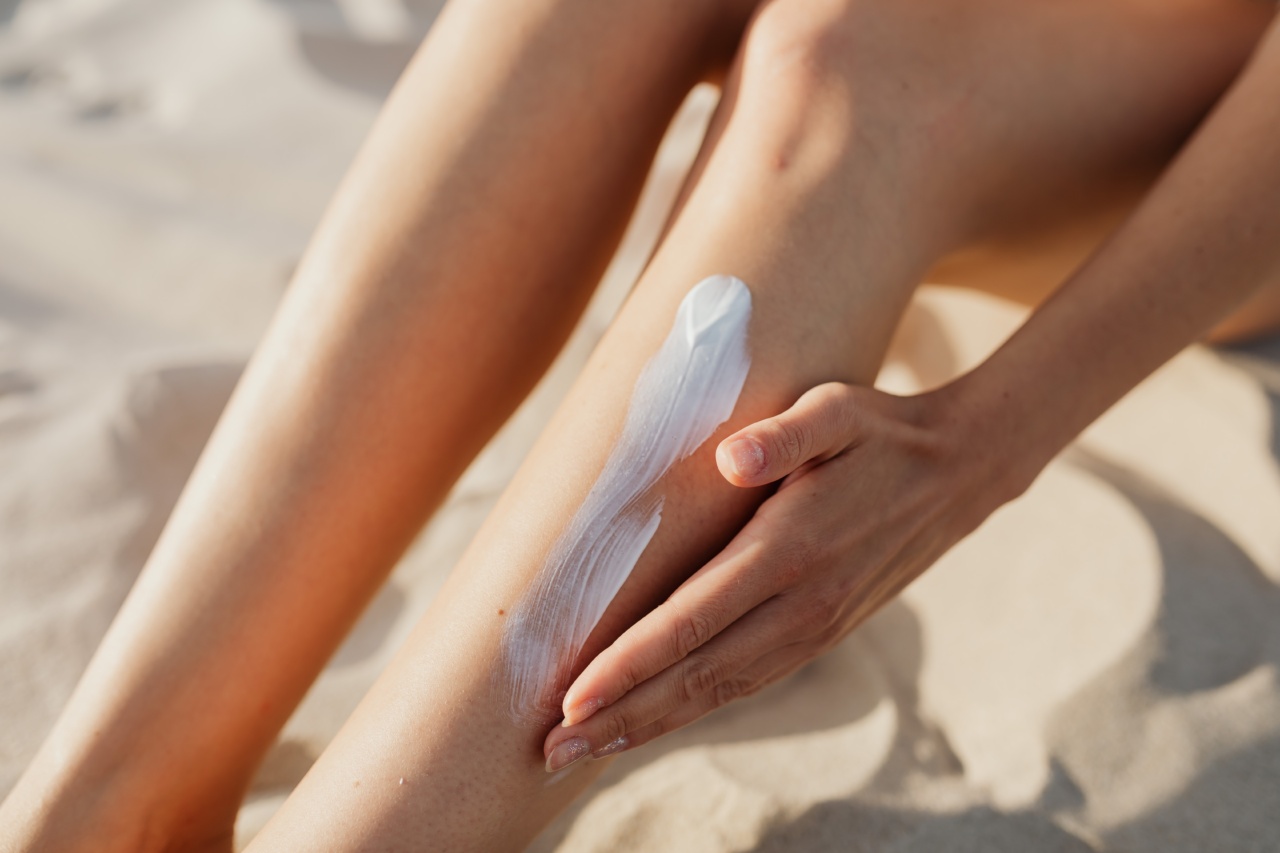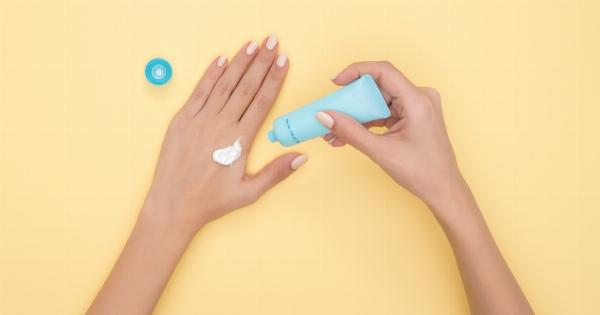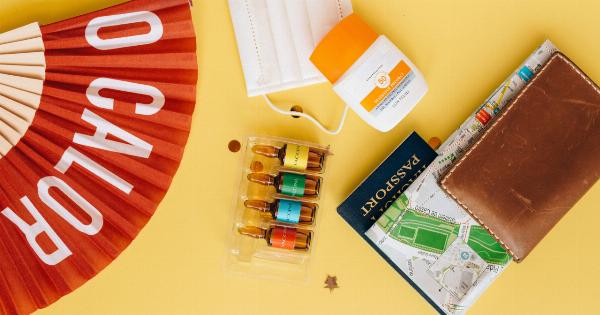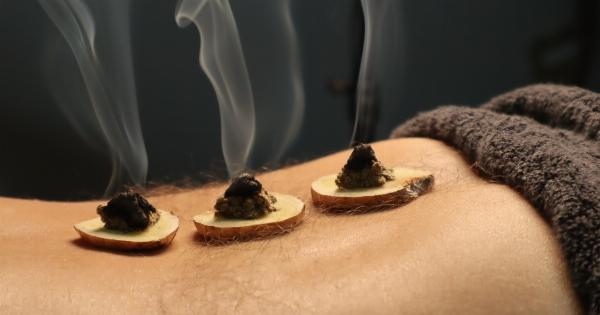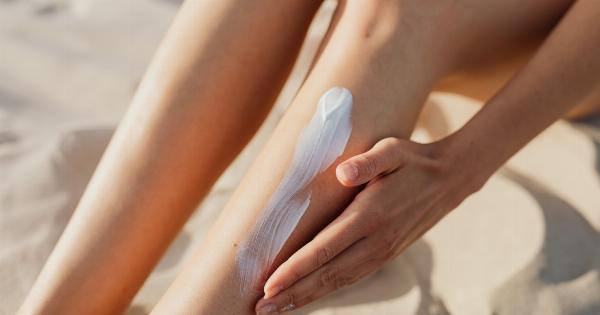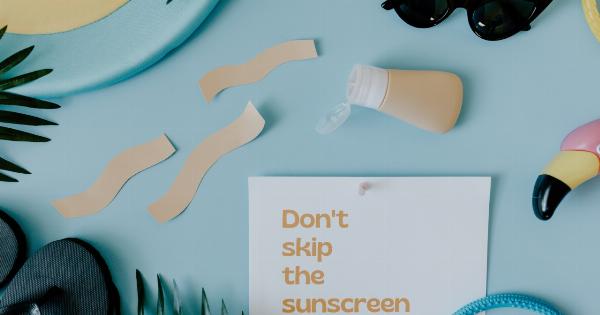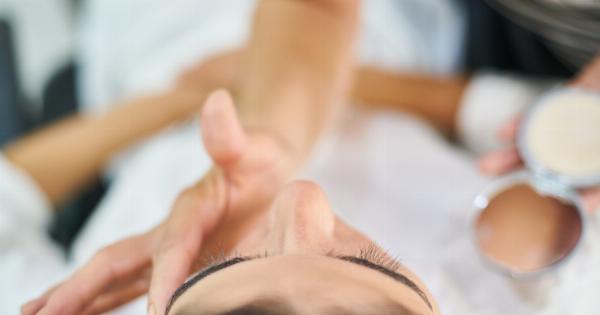When it comes to protecting your skin from the harmful effects of the sun’s ultraviolet (UV) rays, sunscreen is essential. But with so many different forms of sunscreen available, it can be daunting to choose the one that’s right for you.
Do you go for a cream, lotion, stick, or spray? And which type will provide the maximum protection? In this article, we’ll explore the pros and cons of each type of sunscreen and provide tips on how to maximize your protection.
Cream Sunscreen
Cream sunscreen is the traditional type of sunscreen that most people are familiar with. It’s thick and opaque, making it easy to see where you’ve applied it and where you need to apply more.
Cream sunscreen is also easier to control and less likely to get blown away or wiped off than the other forms of sunscreen. However, it can be greasy and leave a white cast on the skin, making it less than ideal for people with oily skin or a darker skin tone. Cream sunscreen is best suited for use on the face and body.
Lotion Sunscreen
Lotion sunscreen is similar to cream sunscreen but has a thinner consistency and usually absorbs more easily into the skin. It’s less likely to leave a white cast than cream sunscreen but can still be greasy.
Lotion sunscreen is suitable for use on the face and body and is a good choice for people with relatively normal skin who want a balance between ease of application and level of protection.
Stick Sunscreen
Stick sunscreen comes in a solid form, making it easy to apply directly to the skin without getting your hands messy.
It’s less likely to be greasy than cream or lotion sunscreen and is ideal for use on small or hard-to-reach areas such as the face, nose, and ears. Stick sunscreen is also less likely to leak or spill in your bag or pocket. However, it can be difficult to apply enough of it to cover larger areas of the body, and it can leave a sticky or waxy feeling on the skin.
Stick sunscreen is best suited for touch-ups on the go or for use on small areas of the body.
Spray Sunscreen
Spray sunscreen is the most convenient and easiest to apply of all the types of sunscreen. It sprays on in a fine mist, making it easy to apply to large areas of the body quickly.
Spray sunscreen is also less noticeable on the skin and less likely to leave a greasy or white residue. However, it can be difficult to control the amount of sunscreen you’re applying, and it’s easy to miss spots or apply too little to be effective.
Spray sunscreen can also be dangerous if inhaled, so it’s important to apply it in a well-ventilated area and avoid spraying it directly on the face or near the eyes or mouth. Spray sunscreen is best suited for use on the body and not recommended for use on the face.
How to Maximize Your Protection
No matter which type of sunscreen you choose, there are a few things you can do to maximize your protection against the sun’s harmful UV rays.
Use Enough Sunscreen
One of the biggest mistakes people make when using sunscreen is not applying enough of it.
To get the full protection listed on the label, you need to use the right amount of sunscreen, which is about 1/4 teaspoon for the face and neck and about 1 ounce (enough to fill a shot glass) for the body. If you’re using a spray sunscreen, you need to spray continuously for about 6 seconds to achieve the same coverage as a nickel-sized amount of cream sunscreen.
Reapply Regularly
Sunscreen can wear off or become less effective over time, especially if you’re swimming, sweating, or rubbing your skin.
That’s why it’s important to reapply sunscreen every two hours or after swimming or sweating, even if the sunscreen is labeled as water-resistant.
Apply Sunscreen Properly
How you apply sunscreen can also affect its effectiveness. Make sure to apply sunscreen to all exposed areas of skin, including your ears, feet, and hands. Don’t forget to apply sunscreen to your lips, either, as they can also get sunburned.
You should apply sunscreen at least 15 minutes before going outside, so it has time to absorb into your skin and start working. And remember to apply sunscreen first and then your makeup or other skincare products if you’re using them.
Choose the Right SPF
Sunscreen is rated by its sun protection factor (SPF). The SPF tells you how much protection the sunscreen provides against UVB rays, which are the rays that cause sunburns. The higher the SPF, the more protection the sunscreen provides.
However, the difference in protection between an SPF 30 and SPF 50 sunscreen is only about 1%, so you don’t necessarily need to go for the highest SPF available. Experts recommend using a sunscreen with an SPF of at least 30 and reapplying it regularly for maximum protection.
Conclusion
Choosing the right type of sunscreen and using it correctly is essential for protecting your skin from the harmful effects of the sun’s UV rays.
Cream sunscreen is the traditional type of sunscreen that’s best for use on the face and body, while lotion sunscreen is a slightly thinner alternative. Stick sunscreen is ideal for use on small or hard-to-reach areas, and spray sunscreen is the most convenient and easy to apply, but can be difficult to control and dangerous if inhaled.
No matter which type of sunscreen you choose, it’s essential to use enough, reapply regularly, and apply it properly to maximize your protection.
